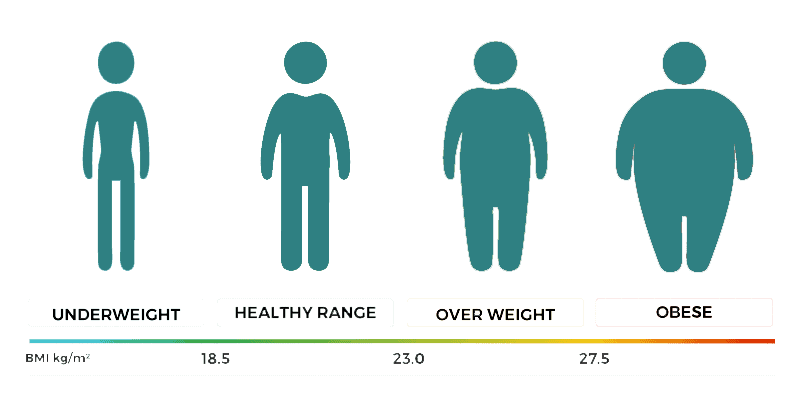VITAMIN D
Vitamin D, although considered a vitamin, can be produced in the skin by sun exposure.
Numerous studies have documented an association between low serum concentrations of 25-hydroxyvitamin D and many non-skeletal disorders.
Many studies have examined the effect of vitamin D supplementation on diseases including obesity, diabetes, hypertension, dyslipidemia, cardiovascular disease, cancer, depression, and asthma.
The skin is a major determinant of 25-hydroxyvitamin D status. Besides synthesizing vitamin D, the skin also functions as a powerful excretory organ. Notably, the skin functions fluctuate with seasonal temperature fluctuation, with the highest activities in summer and lowest activities in winter. Thus, it is likely that decreased skin excretory function may be a cause of human diseases. In fact, although not directly focusing on the excretory function of the skin, many studies have suggested a direct link of between the levels of plasma compounds and skin excretory function. For example, sebum excretion decreases in winter and inhibition of sebum excretion increases the levels of blood triglycerides and cholesterol. Sweat-inhibiting factors (e.g., acute cold exposure increases plasma norepinephrine levels. Decreased sweating function is found to be closely linked to diseases, for example, skin conductance non-response in schizophrenia and depression, low skin conductance in hypertension and type 2 diabetes, and the association between psoriasis and metabolic syndrome. Moreover, many well-known chronic disease risk factors, such as being of black origin, having a preterm birth or winter birth, or physical inactivity, are associated with decreased skin excretory function, as mentioned above. Taken together, it can be concluded that decreased skin excretory function may play a major role in diseases, and 25-hydroxyvitamin D status may be an indicator of skin excretory function.
Interestingly, there is a graded relationship between vitamin D status and body mass index. Sadiya et al found that it is difficult to achieve target levels of 25-hydroxyvitamin D above 75 nmol/L in type 2 diabetic obese subjects with a relatively high daily dose of vitamin D3. Recently, Didriksen et al performed a 5-year intervention study with vitamin D3 at a dose of 20000 IU (500 μg) per week vs placebo in subjects with impaired glucose tolerance and/or impaired fasting glucose, and they found that those given vitamin D3 had significantly higher vitamin D concentration in their adipose tissue (about 6.5 times the placebo group), while their median serum 25-hydroxyvitamin D level only increased from the baseline of 61 to 99 nmol/L. This study clearly demonstrates that large amounts of vitamin D3 are stored in adipose tissue after vitamin D3 supplementation, and suggests that overweight and obese subjects may store more vitamin D than normal-weight subjects because they have larger amounts of adipose tissue.
Moreover, vitamin D is known to induce drug-metabolizing enzymes. Thus, it seems likely that the prevalence of low 25-hydroxyvitamin D status after the introduction of vitamin D fortification may share a similar mechanism to that of low folate status: increased degradation and storage in compensation for excess intake.





